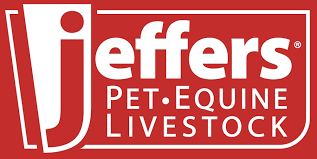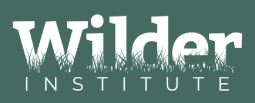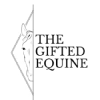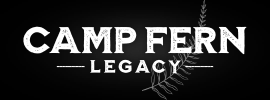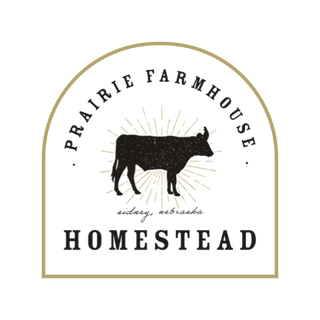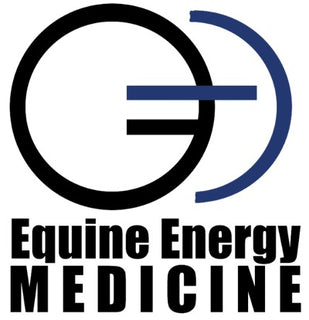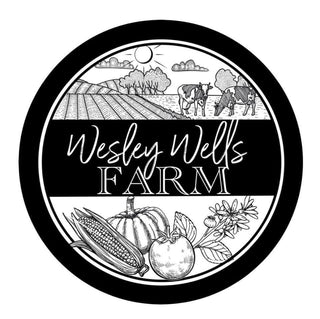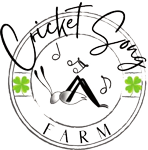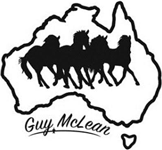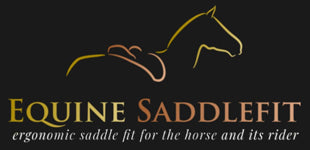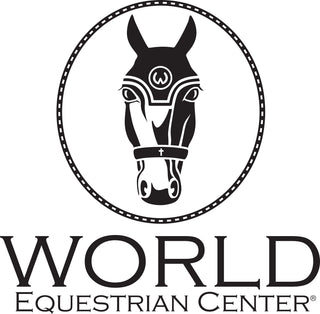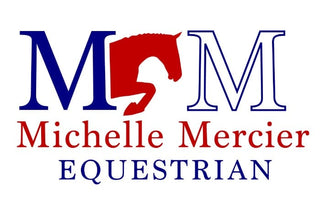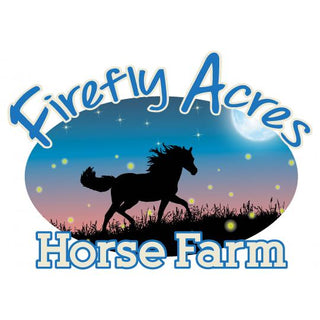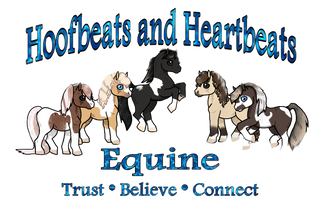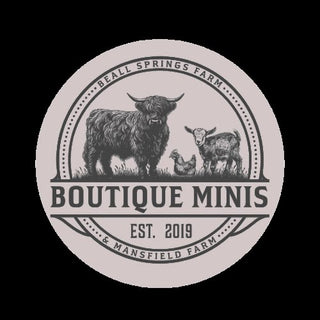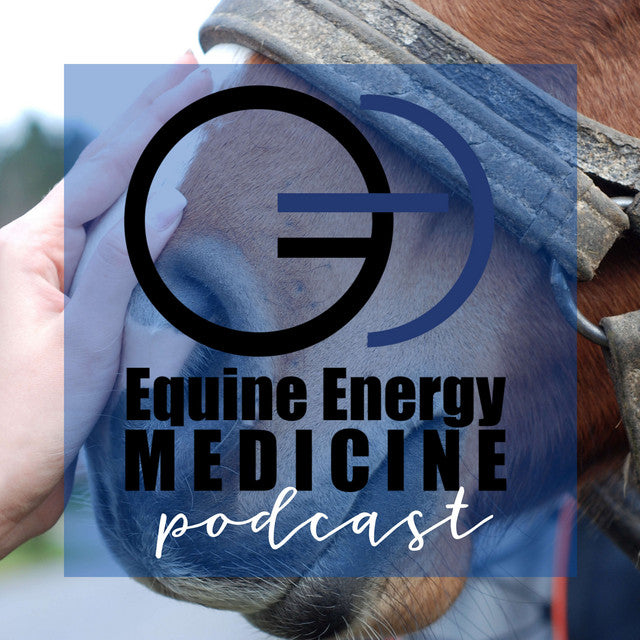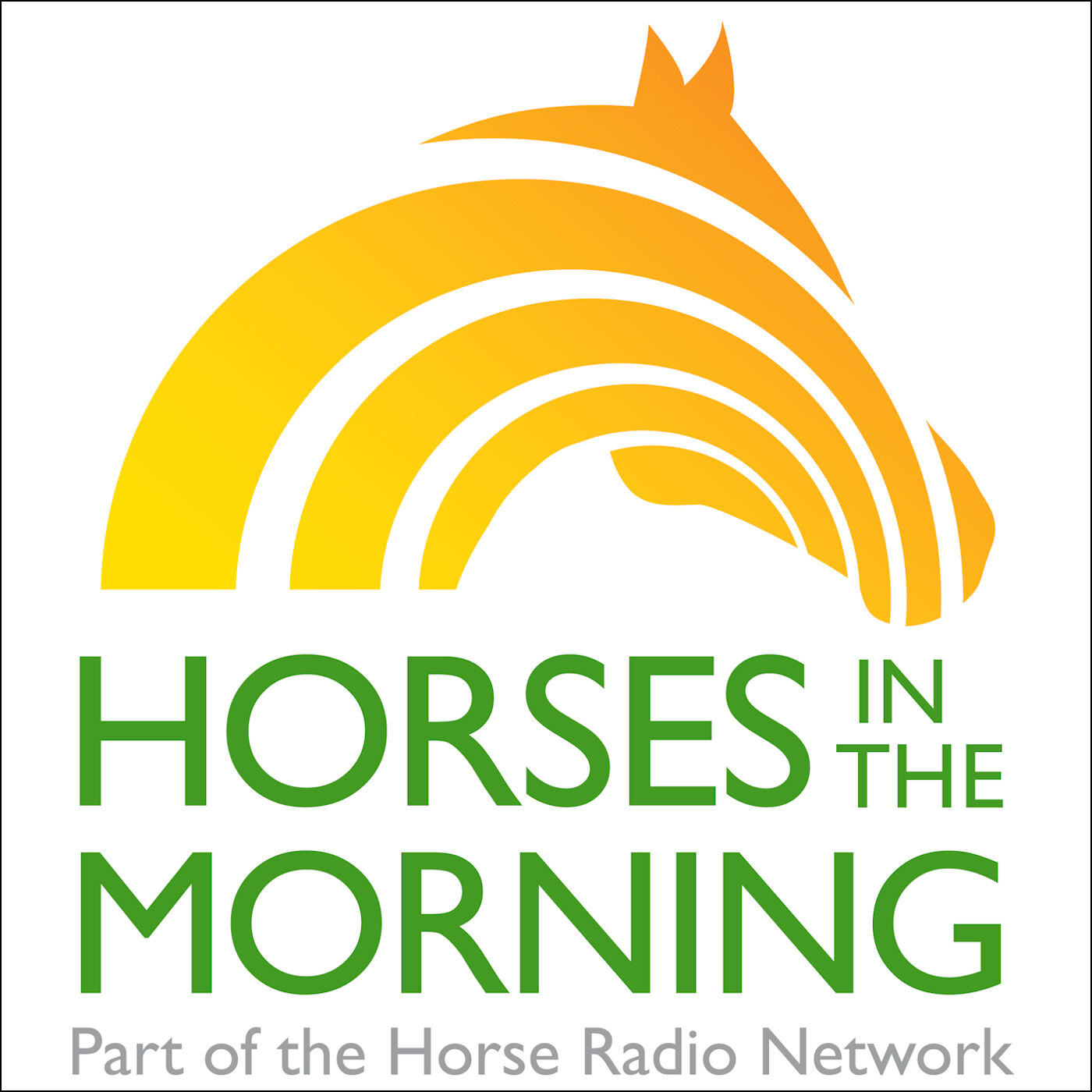Introduction
A clean, well-designed feeding area does more than make chores easier. It protects your horse’s health, reduces waste, and prevents mud and bacteria from building up around feed zones. Over time, small improvements to layout and hygiene save money on vet bills and maintenance while keeping your property looking professional.
Whether you manage a small yard or a large paddock, the right setup balances drainage, footing, and storage. A feeding area that stays dry and organized helps horses eat in comfort while reducing flies and mess. If you are planning an upgrade or creating a new feeding space, start with the basics. You can also estimate long-term maintenance costs using the paddock cleaning cost calculator before you begin.
Hidden Dangers in Horse Feeding Areas
Feeding areas might look simple, but hidden dangers can creep in fast. Muddy ground, wet hay, and contaminated feed troughs are breeding grounds for bacteria, mould, and insects. Horses eating from muddy or damp ground can ingest sand, worms, and spores that cause colic or respiratory irritation.
Water troughs collect algae and bacteria if not cleaned regularly. Feeders placed too close to manure piles or soggy soil encourage contamination. Even something as harmless-looking as a patch of leftover hay can turn into a hotspot for mould after rain.
How can I keep horse feed dry in the rain?
The best approach is to combine good footing and overhead protection. Use raised mats, concrete pads, or compacted gravel under feeders to prevent mud. Place hay under simple shelters or portable covers. When it comes to cleanup, rely on durable paddock cleaning tools like the Paddock Blade to remove manure and debris efficiently after each feed.
Manure Management and Cleanliness
Manure near feeding areas attracts flies and increases parasite exposure. Cleaning it up quickly keeps your feeding zone hygienic and pleasant. Many owners now compost manure safely away from paddocks. This not only prevents contamination but also turns waste into nutrient-rich fertiliser.
To learn how to manage manure efficiently, read about safe composting of horse manure. A good removal routine cuts down on odours, reduces fly numbers, and keeps paddock soil healthy. Clean feeding zones are easier to maintain long term, and your horses stay healthier when eating in a tidy space.

Best Practices for Safe Feed Storage
Clean feed storage protects horses from mould, rodents, and spoiled grain. Always keep feed bins sealed and dry. Metal or heavy-duty plastic containers stop moisture from seeping in and prevent pests from chewing through.
If you store hay outside, raise it off the ground on pallets and cover it with breathable tarps. Storing hay directly on soil traps moisture and causes mould, which can lead to respiratory issues and wasted feed.
What’s the safest way to store hay outdoors?
Choose a shaded, well-ventilated spot, raise bales at least fifteen centimetres off the ground, and check them weekly for signs of heat or dampness. You can estimate storage capacity and upkeep costs using the paddock cleaning cost calculator to stay organised through the seasons.
Cleaning and Hygiene Routines That Matter
Clean feeding stations are the heart of a healthy paddock. Set up a daily routine that includes emptying leftover feed, rinsing troughs, and brushing away mud from mats or concrete.
Buckets and feeders should be scrubbed weekly with mild detergent and rinsed thoroughly. Rotating feeding spots helps avoid muddy build-up and gives grass time to recover. During colder months, review your winter paddock checklist to make sure water access, footing, and drainage stay safe in wet weather.
Smart Pest Control and Biosecurity
Rodents, birds, and insects are constant challenges around feed areas. While traps and baits can be useful, they must be placed carefully away from hay and grain to avoid contamination. Keeping the area swept, sealing feed bins, and removing leftovers daily are the safest and most effective steps.
Flies breed in manure, so staying consistent with removal is essential. The dangers of poor manure handling extend beyond hygiene. Flies spread disease, rodents chew through storage, and birds contaminate feed with droppings. Clean habits reduce all these risks naturally.
Designing Feeding Areas to Minimise Risk
When setting up or upgrading a feeding area, start by choosing the right location. Avoid low spots where water collects, and ensure the area drains well year-round. Hard surfaces like crushed gravel, stone dust, or rubber mats keep footing secure.
For small farms or DIY setups, simplicity matters most. A raised hay rack with a mat underneath, a solid base for buckets, and open airflow work better than elaborate designs.
Are there special feeding tips for small farms?
Yes, use portable shelters or feeders that you can move between paddocks. This prevents ground damage and spreads wear evenly. For efficient cleanup, choose durable paddock cleaning tools that save time and protect footing.
To dispose of manure responsibly, follow this guide to safe composting of horse manure for eco-friendly waste management that benefits your pasture.
Regular Inspection and Maintenance
Feeding areas need the same attention as barns or arenas. Inspect fencing weekly to make sure horses cannot push through or catch halters. Check troughs for leaks, mats for wear, and shelters for damage.
Drainage is one of the first things to fail during wet months. Walk the area after heavy rain to spot pooling water and fix it before mud becomes a hazard. Regular attention saves money by preventing big repairs later.

Warning Signs You Shouldn’t Ignore
Feeding zones give early signs of trouble when something is off. Watch for these warning signs:
-
Persistent mud that does not drain
-
A sour or musty smell near feed storage
-
Feed that looks damp, clumpy, or dusty
-
Algae or slime around troughs
-
Frequent rodent droppings or nesting material
Each of these signals poor hygiene or drainage. Act quickly before minor issues become major problems. Reliable tools like durable paddock cleaning equipment help you stay ahead of these risks with less labour.
Simplify Feeding Area Maintenance
Clean feeding zones are the final step in year-round paddock care. These areas often collect the most mess, so plan daily checks and weekly scrubs. A clean feeding zone prevents contaminated feed, keeps hooves dry, and helps horses eat safely without risk of mould or bacteria.
If you are ready to make paddock maintenance faster and more consistent, explore the Paddock Blade collection and use the paddock cleaning calculator to plan the best solution for your property.
Clean paddocks do not just look better, they function better, supporting both horse health and pasture quality all year long.
FAQs
How can I keep horse feed dry in the rain?
Use raised mats, gravel bases, or portable shelters. Keep hay off the ground and under cover, and clean up leftovers promptly to prevent mould.
What’s the safest way to store hay outdoors?
Store hay on pallets in a shaded, dry spot with a breathable cover. Check for dampness weekly and rotate bales often to maintain airflow.
How often should I clean feed buckets?
Scrub feed buckets and troughs at least once a week, or more often in warm weather. Rinse thoroughly to remove detergent residue.
Are there special feeding tips for small farms?
Move feeders regularly to prevent mud patches, and keep feed storage sealed and elevated. Smaller setups benefit from portable shelters that double as weather protection.
What are common signs of feed spoilage?
Spoiled feed often smells musty, feels warm, or has visible mould. Discard any feed that changes colour or texture.
Conclusion
Clean feeding areas are safer, healthier, and easier to maintain. With the right layout, regular cleaning, and mindful storage, you can prevent most hygiene problems before they start.
Focus on dry footing, sealed feed storage, and steady manure management. Use durable paddock cleaning tools to make daily maintenance faster and simpler. Small habits, followed consistently, create a cleaner, more professional yard that keeps horses thriving all year.






